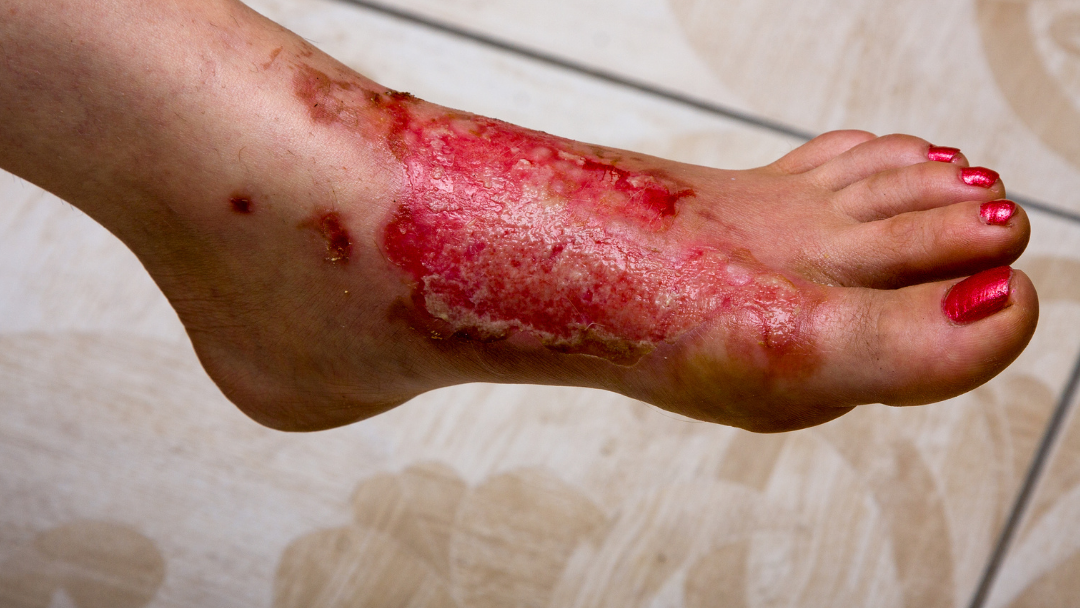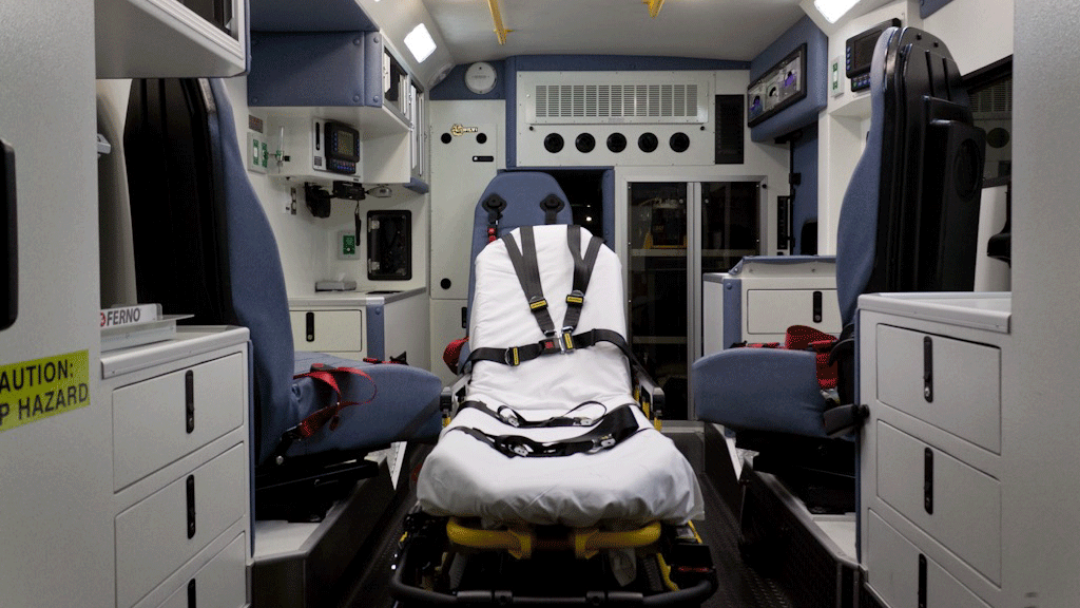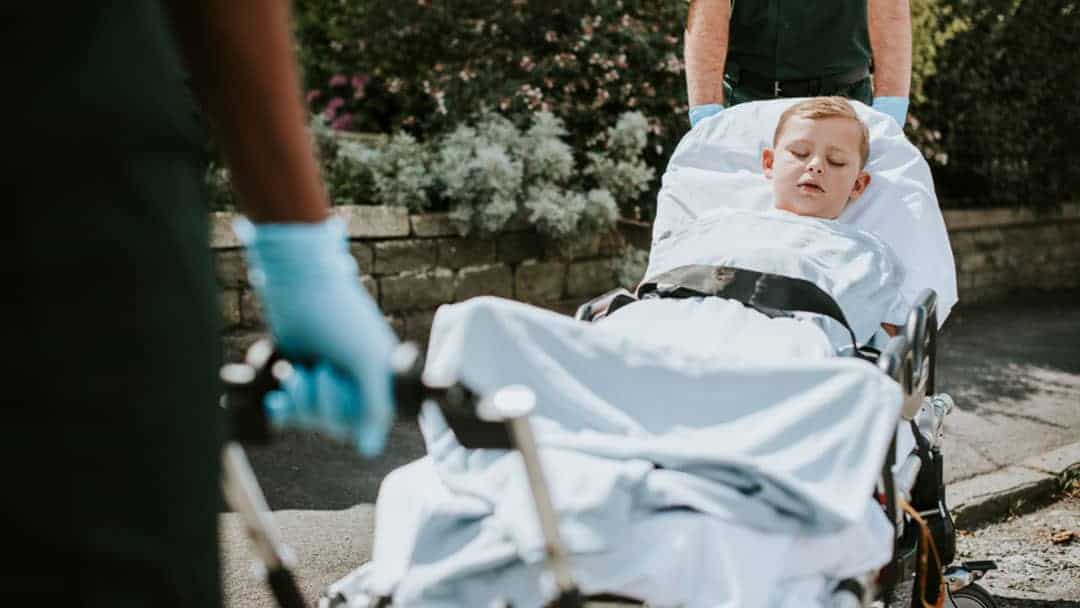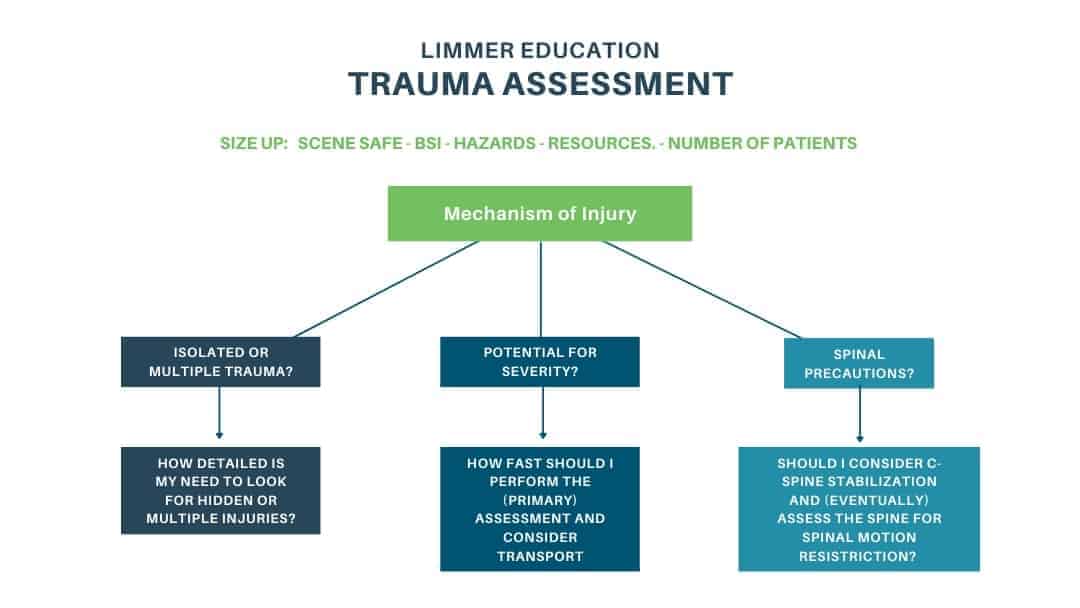-
(Humorous) Predictions for EMS in 2022
There's no real way of knowing how 2022 will turn out, but Dan Limmer has…
-
EMS Predictions for 2022
What will 2022 bring? These predictions are a bit darker than usual—but these are trying…
-
EMS Gift Ideas: What’s in a good Off-Duty Bag?
Have an EMS professional to shop for this holiday season? We’ve got you covered!
-
Back to the Basics: Burns
Annually, over two million people in the U.S. are treated for burns. What is done…
-
Eclampsia & Preeclampsia: Pregnancy Hypertensive Disorders
As women progress through pregnancy, one of the more dangerous conditions that they may experience…
-
The CNN Test: Practicing EMS in the Spotlight
The CNN test applies to calls that can be potentially televised or broadcast. Patient care…
-
EMS Safety and Ambulance Construction
84% of EMS providers are NOT restrained in the patient compartment. How can we design…
-
Back To The Basics: Snakebites and EMS
Responding to a snakebite call? Here’s everything you need to know about identifying venomous bites…
-
Technician vs. Clinician: Position Paper Revisits Age-Old Concept
Well, duh! Dan reflects on NAEMSP's position paper, “EMS Curriculum Should Educate Beyond a Technical…
-
Back to the Basics: Pediatric Trauma
By Chris Ebright Unintentional injury is the leading cause of death and disability in children,…
-
What Does Mechanism of Injury Tell Us?
EMS loves mechanism of injury. The excitement of pulling up to a big crash, examining…
-
Test Your 12-Lead ECG Knowledge
ECG Practice ECG QUESTION: 58 year old male resuscitated from cardiac arrest. Initial arrest rhythm…
was successfully added to your cart.











